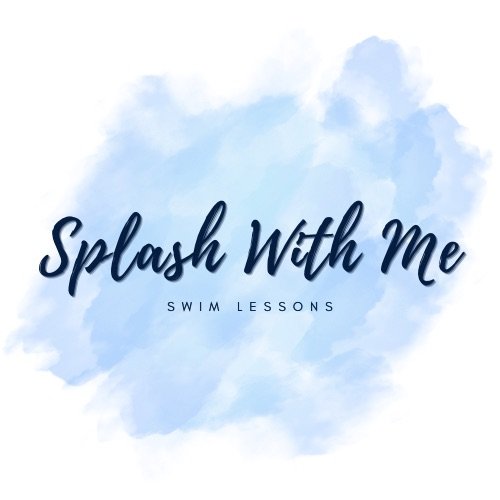LEARNING THROUGH PLAY
I want to talk about one of my favorite teaching methods for the final day of International Learn to Swim Week! Simply playing with a child is a wonderful way to help them learn to make sense of the world around them.
When it comes to teaching young children how to swim, traditional instruction methods can include a lot of repetition and drills. That is a fine way to teach older students who are already used to their strokes, however, research shows that learning through play is actually a much more effective and enjoyable way for little ones to develop essential swimming skills.
In this blog post, we will explore the benefits of play-based learning in swim lessons and how it can help your child become a confident and skilled swimmer!
Benefits of Play-Based Learning
- Encourages creativity and imagination: I have kids make up games, characters, worlds, and obstacles to work around to practice their swimming skills. Doing this helps them expand their imagination.
- Develops problem-solving skills: By adding new games I can introduce additional challenges to my students’ lessons, fostering their problem-solving skills.
- Builds confidence and self-esteem: Playing in swim lessons provides my students with the opportunity to develop confidence and self-esteem as they learn and practice with either me or their peers.
- Fosters social skills and teamwork: I love to integrate interactive games into my activities that promote cooperative play and working together. Whether engaging in these activities with me or with their peers, the experience fosters the development of crucial social skills and teamwork. This not only enhances their ability to communicate and collaborate effectively but also encourages a sense of camaraderie and mutual support.
- Enhances cognitive development: Learning to swim by play offers many mental benefits that positively impact various areas of development. The sensory experience of being in water can stimulate the brain and contribute to neurological development.
- Makes learning fun and engaging! My main goal is to make sure that my students have a great time in the water with me above all else. What better way to achieve that than by playing with them and teaching them at the same time?
Examples of Play-Based Learning in Swim Lessons
- Creating obstacle courses to build endurance and coordination
- Chasing and catching toys across the water
- Singing songs and reciting nursery rhymes to practice breathing techniques
- Racing each other across the pool or to the floor of the pool
- Using bubbles and squirt toys to learn about water pressure and resistance
- Dolphin dives to get toys for butterfly stroke
- Playing "Marco Polo" and “Categories” to develop spatial awareness
As you can see, learning through play is a game-changer. By incorporating play into swim lessons, we can help our young ones develop essential skills while having a blast in the water. So, let's dive into the world of play-based learning and make swimming a fun and enjoyable experience!
Click book a class below to reserve a time with me!

